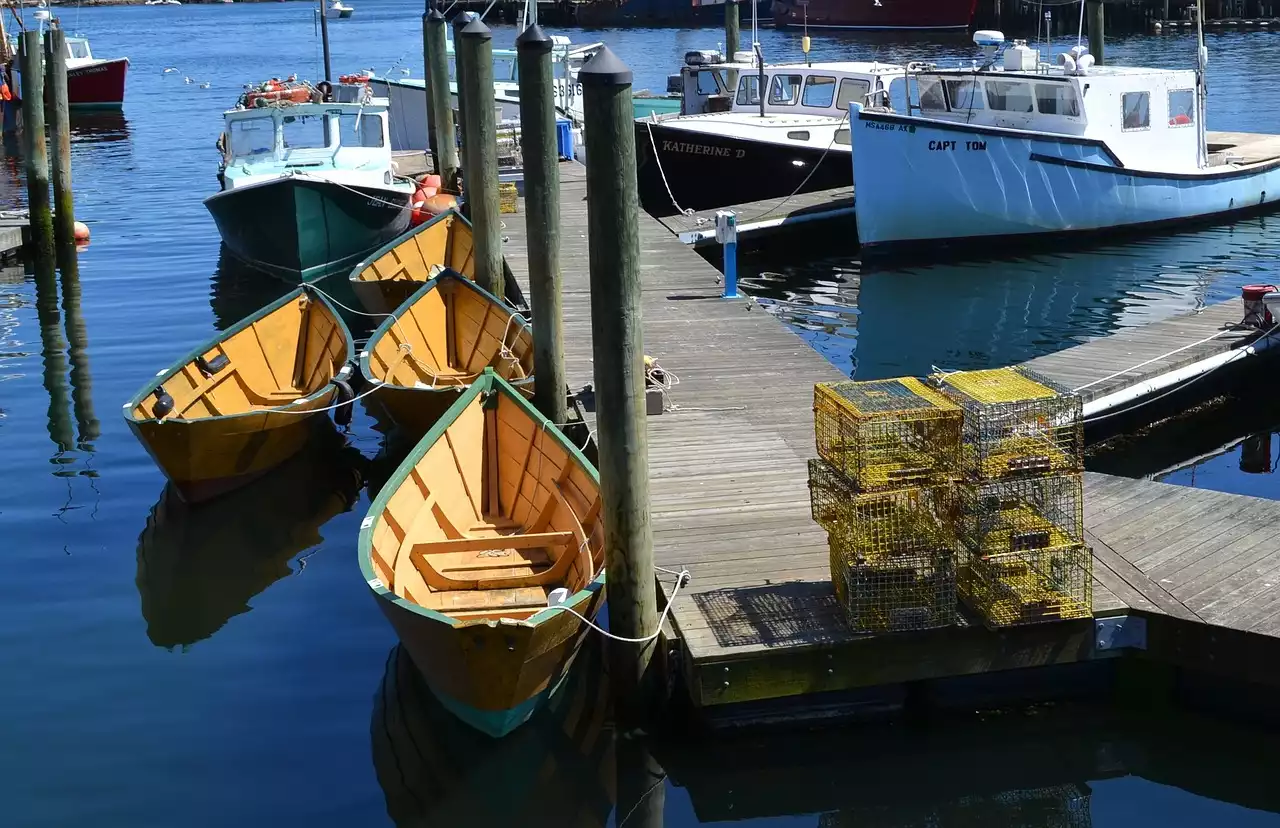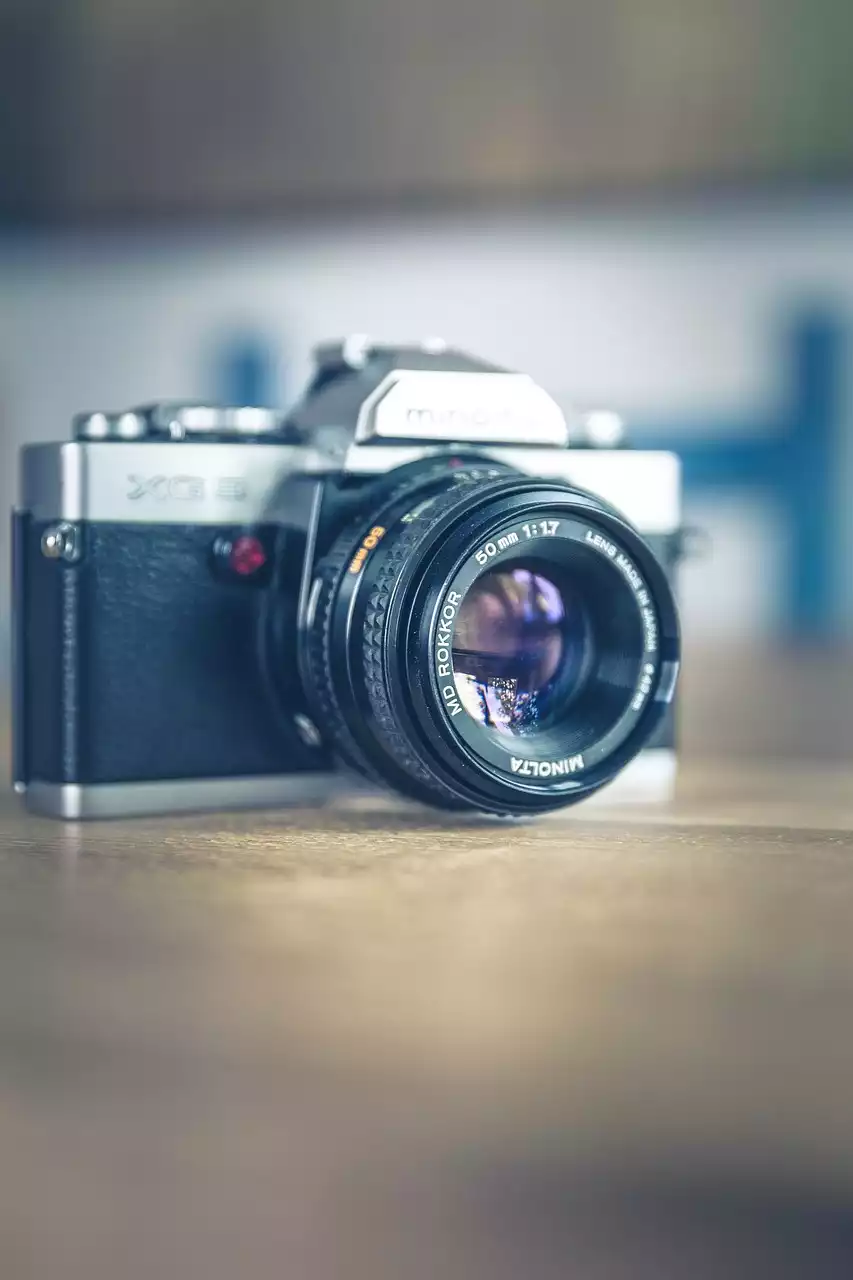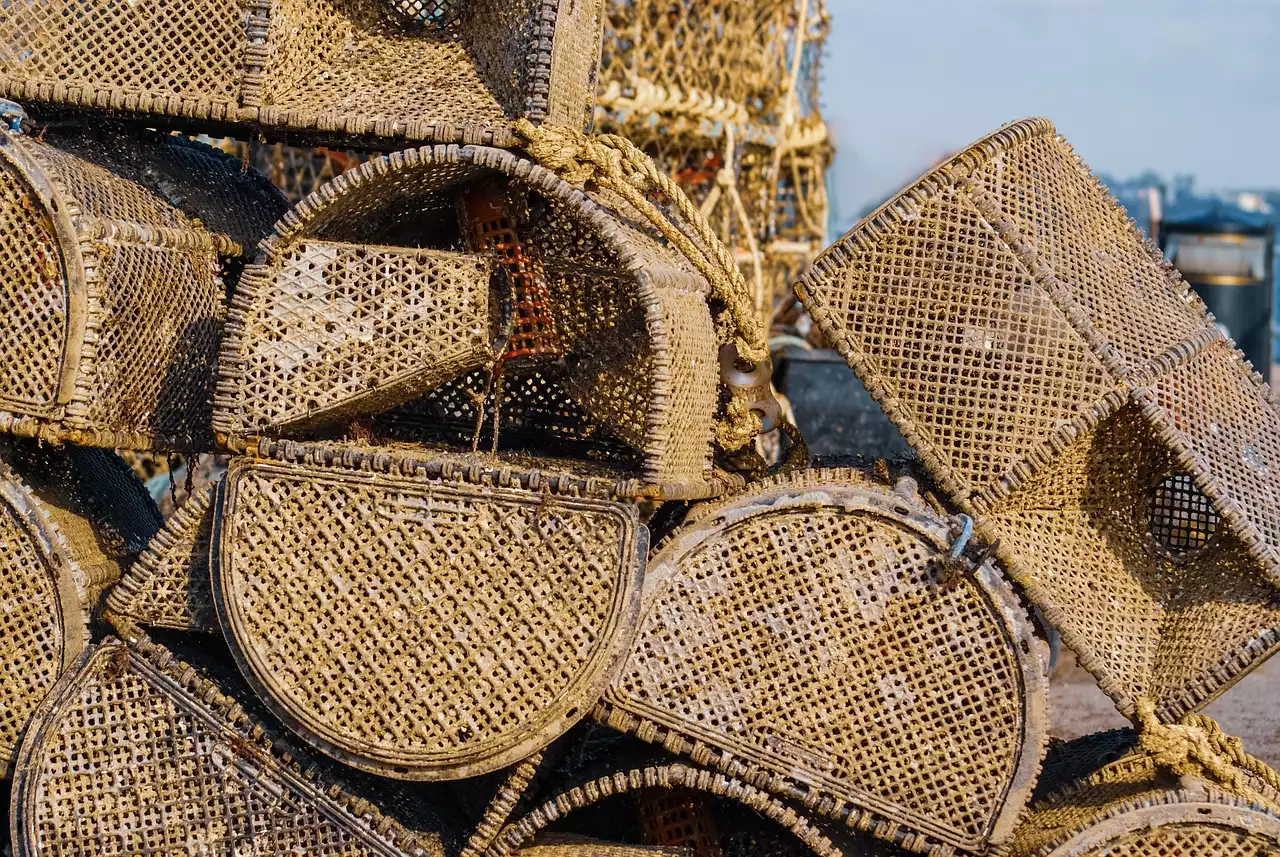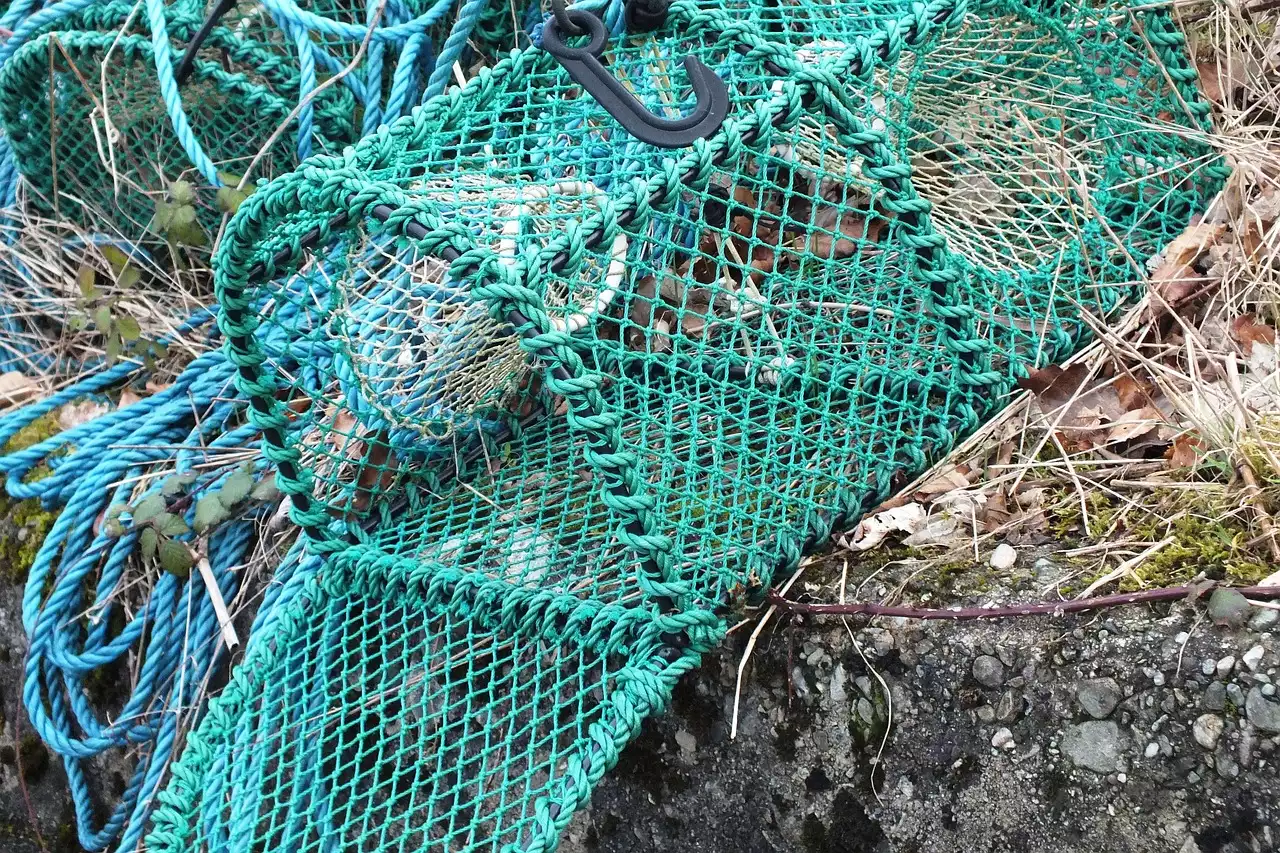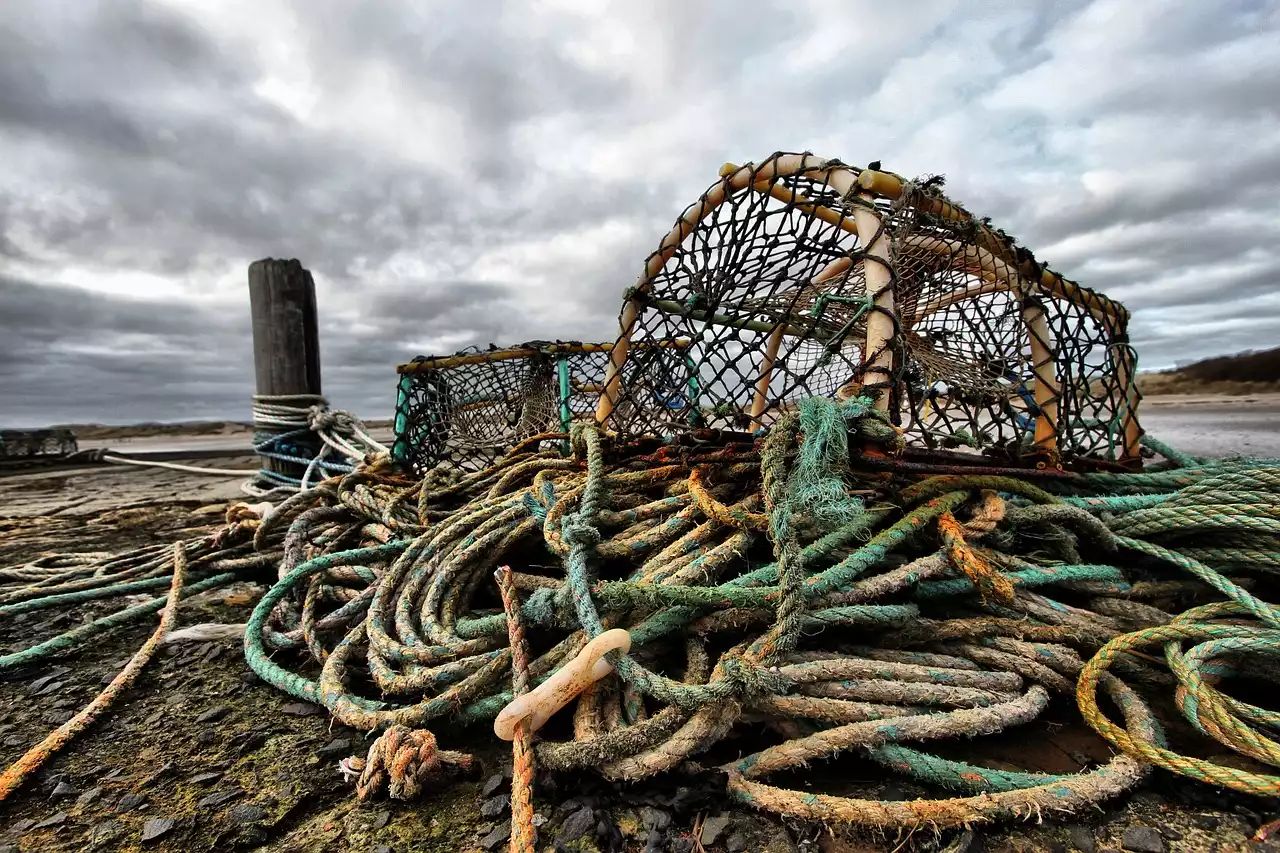Be prepared to lose your line
As you’re catching fish, you’ll feel a slight tug. You’ll quickly reel in the line, hoping for a big catch, but if you’re not careful, you could lose your line. When fishing with a float setup, you’ll want to use a heavier line usually in the 10- to 20-pound test range. If the fish tugs on the line, you’ll want it to snap before your $50 fishing rod snaps in half. Of course, losing your line doesn’t only happen while float fishing. It can happen with any fishing technique. But with float fishing, the line breaks are prevalent because there’s not a lot of pressure on the line.
Choose the right float
When selecting a float for your fishing setup, there are a couple of things to consider. First, you want to make sure it’s the right size for your lure. You don’t want your float to be too big or too small. It needs to sit just right on the water’s surface so that fish can see it moving in the current. You also want to remember that a fish swims up from the bottom of the water and sees a lure from below. In other words, the fish will see the bottom of your float. That’s why you don’t want to use a clear or translucent float. You want something bright and colorful so that it stands out. You’ll also want to make sure your float is made out of the right material. Cork and foam are common materials you’ll find in floats. Cork floats are usually lighter and more buoyant than foam floats. This makes cork floats better for catching smaller fish like bluegill and crappie. Foam floats are better for catching bigger fish like pike and muskies because they’re less buoyant and sink more quickly.
Select the right bait
Before you select your bait, you’ll want to think about the type of fish you’re fishing for. Are they freshwater or saltwater fish? What do they like to eat? Are they a finicky eater or a picky eater? These are all questions you should ask yourself before selecting your bait. Regardless of the type of fish you’re fishing for, you want to make sure you have your bait rigged correctly on the hook. If you’re using a small artificial lure, you want the hook to go through the middle of the plastic. If you’re using a larger artificial lure, you want to make sure the hook goes through the back end. This will keep your bait on the hook and make it harder for fish to drop your bait once they’ve taken it.
Use a slip bobber with float fishing
If you are fishing in a lake or river, you may need to use a weight for your line to keep your bait in a certain depth. However, if you are fishing in a large body of water, such as the ocean, you will need a float. You will also need a slip bobber to easily adjust your depth. A slip bobber is just like a regular bobber, except it has a sliding mechanism built into it. This will allow you to slide the bobber up and down your line to change the depth of your bait. If you are fishing in a river or a smaller body of water, you may not need a float, but you will definitely need a bobber. You want to make sure your bait stays in a certain depth, whether that’s right at the surface or right at the bottom. Otherwise, the fish won’t be able to see it.
Is float fishing or weight fishing better?
There are lots of different ways to fish, and each technique has its pros and cons. As you can see, there are differences between float fishing and weight fishing. Float fishing is great for catching smaller fish, but it also requires less gear and allows you to fish very close to the water’s surface. Weight fishing, on the other hand, is better for catching larger fish, but it requires more gear, which can be a pain to transport around. Overall, you can’t go wrong with either technique. It all depends on what type of fish you’re fishing for, where you’re fishing, and what you’re most comfortable with.
